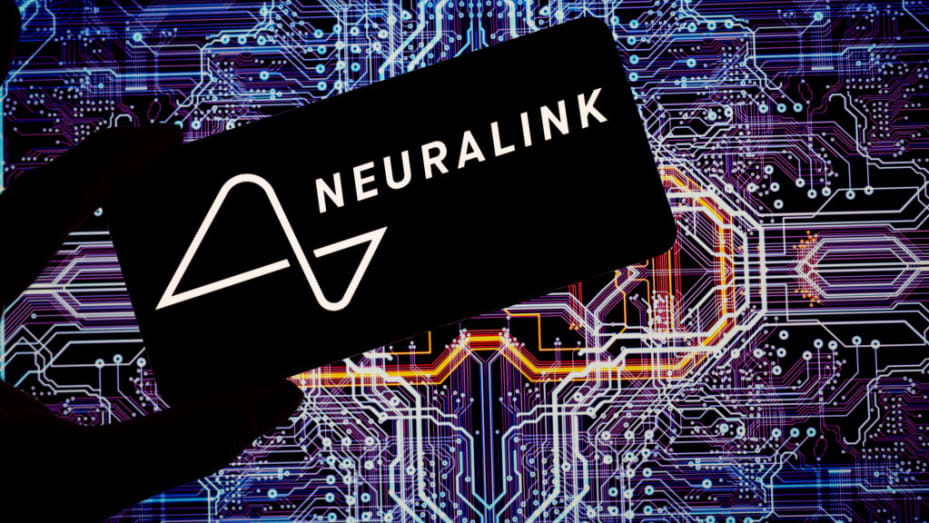According to a recent blog post by Neuralink, the brain-computer interface device implanted in its first human patient has encountered some challenges since the procedure. It has been approximately eight months since the announcement of the clinical trial by the tech startup, founded by Elon Musk, and about a year since FDA approval was granted for human implantation of the BCI device.
The primary objective of the software is to empower individuals with paralysis to control a computer cursor or keyboard solely through thought. While the process has seen positive progress, with Noland Arbaugh, the inaugural participant, able to return home the day following the chip implantation, Neuralink has identified issues.
In February, approximately one month post-implantation, Neuralink observed that some of the device’s electrode-studded threads began retracting from the brain tissue. This retraction led to a malfunction, impacting Arbaugh’s ability to efficiently control the computer cursor.
Neuralink responded to this challenge by refining the recording algorithm to enhance sensitivity to the flow of signals between clusters of nerve cells in the brain. Additionally, they improved techniques for translating these signals into cursor movements. These modifications resulted in a notable and sustained improvement in bits-per-second (BPS), a standard measure of cursor control speed and accuracy, surpassing Arbaugh’s initial performance.
Arbaugh’s interaction with the “link” is closely monitored, engaging in research sessions for up to eight hours daily. Over the span of a week, the device is utilized for a total of 69 hours, divided into 35 hours of structured sessions and 34 hours for personal use and recreation. During this time, Arbaugh has successfully controlled his laptop from various positions, including while lying in bed. He engages in activities such as playing online games, browsing the internet, live streaming, and using other applications on his MacBook, all accomplished by controlling a cursor with his mind.
With the issue of electrode-studded thread retraction addressed, Neuralink is currently focused on enhancing cursor control performance to match that of able-bodied individuals. Furthermore, they aim to expand the device’s capabilities to include text entry, potentially facilitating control over robotic arms, wheelchairs, and other technologies to assist individuals with quadriplegia.

